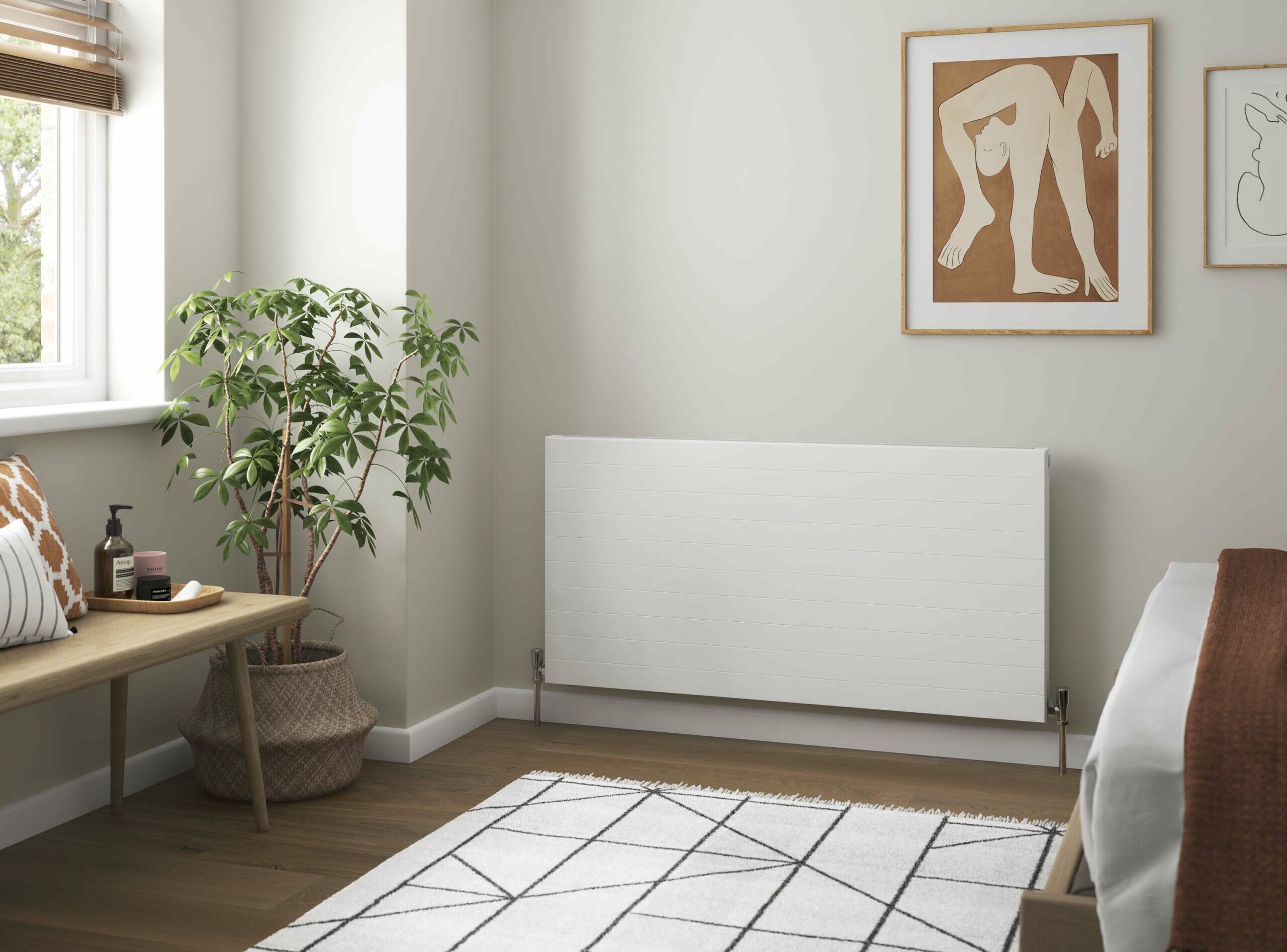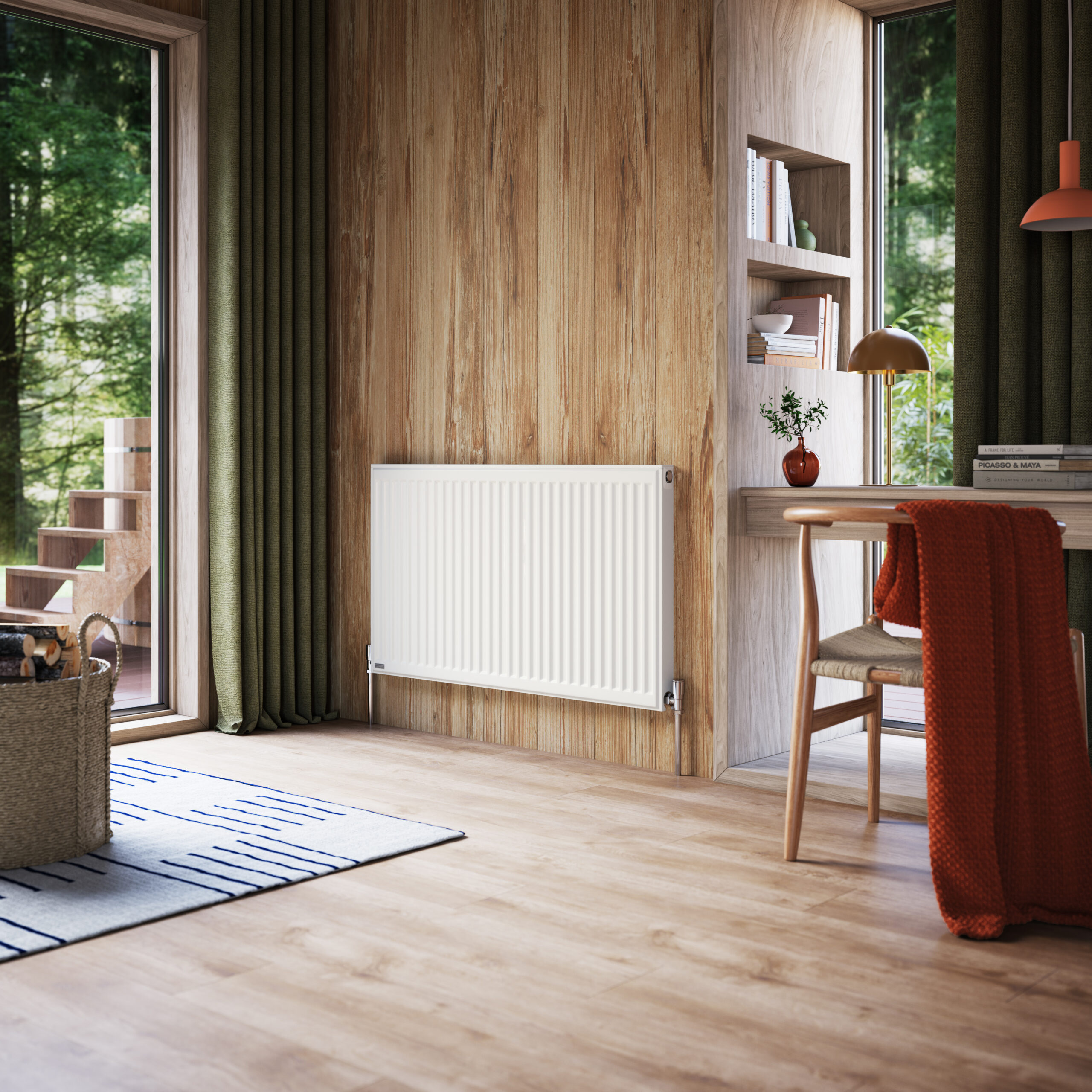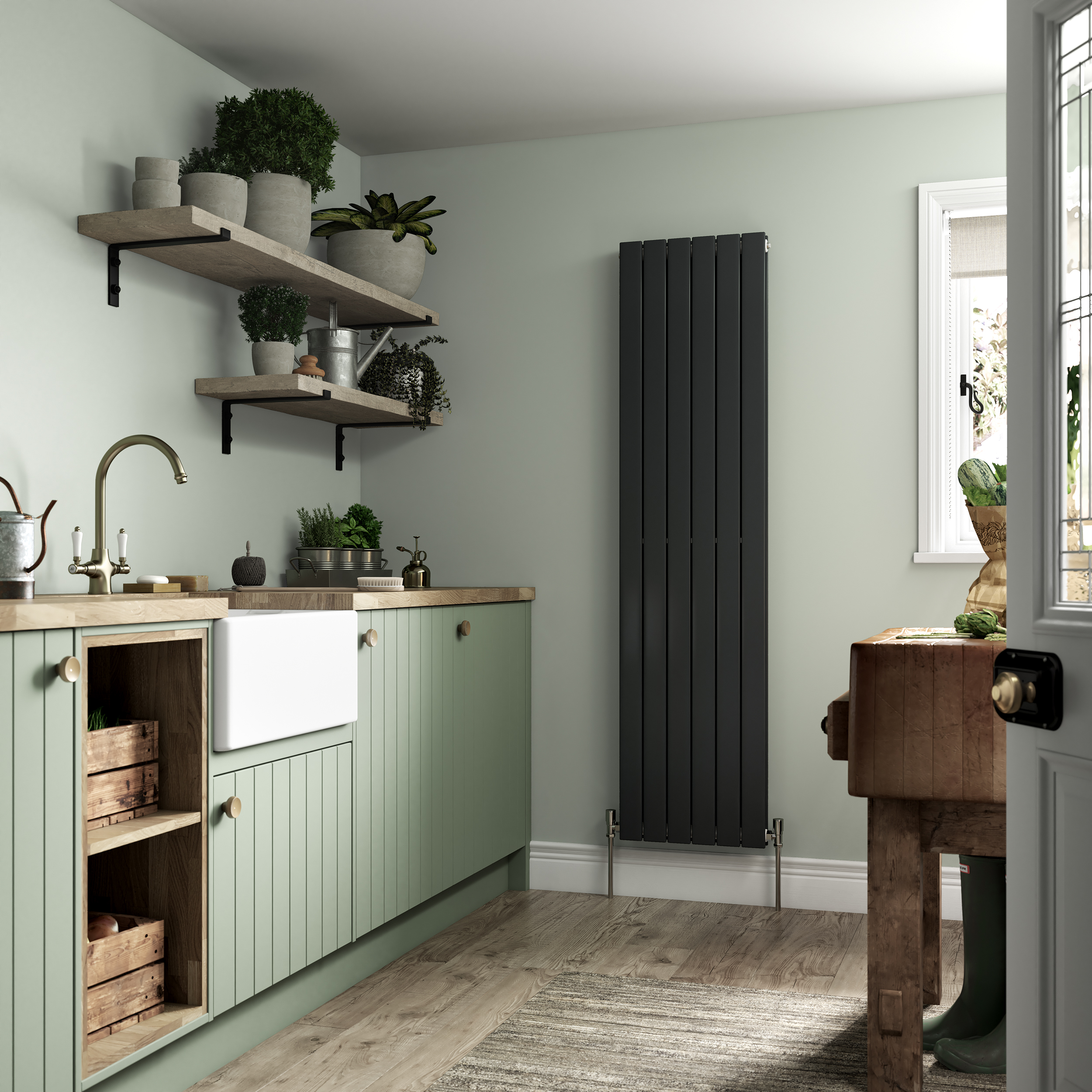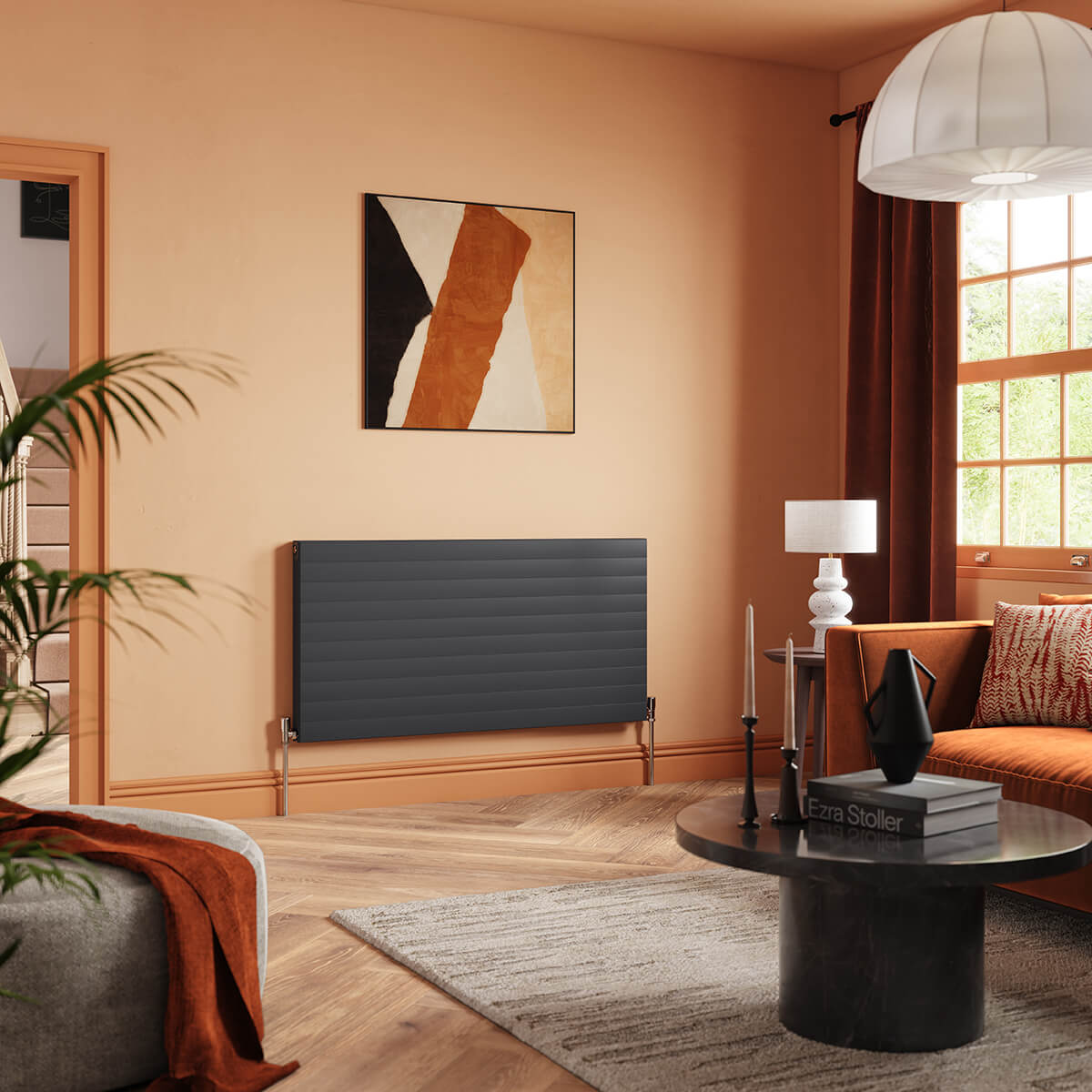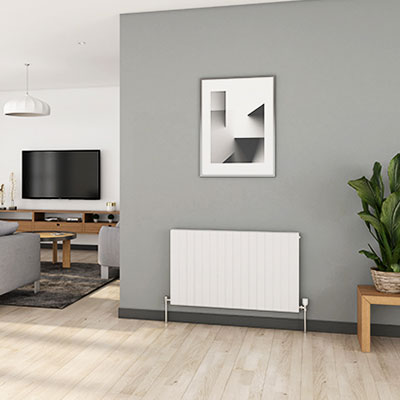When experiencing issues with your home heating system, one of the first things that you may consider is why is your radiator cold at the bottom and whilst Google will give you some effective solutions, there are several reasons why a new radiator that’s cold at bottom can be a hindrance to your heating system. But how can this be rectified? In this article, we will be providing you with the information that you need to fix your radiator should you find that it is cold at the bottom and warm at the top.
What Not To Do When Your Radiator Is Cold At The Bottom
Though cold patches in the radiator may seem like it is a problem with the boiler, the cold patches are often as a result of sludge built up within the radiator itself. If you find that your radiator is cold at the bottom, it is important to make sure that you do not turn up the thermostat to accommodate for the cold patches. When you think to yourself why is my radiator cold at bottom it may be tempting to turn up the heating. However this will not make your radiator heat up correctly, it will just add an additional cost to your heating bill every month. Should you find that your heating is being affected by cold spots and the radiator warm at top cold at bottom, it is important to keep your heating at a constant temperature and isolate the radiator that is not working correctly.
What Is The Cause Of Radiator Sludge?
Though no one likes to think about their home being filled with any form of sludge, it is completely natural for the home to have some form of sludge in the heating system as a result of the water being moved throughout the system. Due to the material of the radiator, the water passing through the radiator picks up compounds such as haematite and magnetite as well as limescale as it passes through the system.
As these deposits continue to build, they can gather throughout the radiator until the heating system becomes blocked. This stops the water from being sent around the radiator and stops it from heating up effectively. Therefore when it comes to answering the question of why my radiator is cold at the bottom it is important to make sure that you remove the blockages from the radiator. But where should you start when it comes to fixing a radiator hot at top but cold at bottom as well as other common issues.
How Can You Remove The Sludge From The Radiator
When the radiator hot at top cold at bottom it is important to make sure that you begin to remove the sludge from the radiator. There are several ways that you can go about doing this to remove the sludge and ensure the regular operation of your radiators:
The Manual Flush
When you are looking for an answer as to why is my radiator cold at the bottom it is important to make sure that you are prepared to fix the heating system. One of the most efficient ways of getting the sludge out of the radiator is to flush the radiator manually. Though this is a complex process, you can flush the radiator by following these simple steps:
- You must first begin by isolating the radiator by turning down the thermostatic valve. This should be turned down to Zero and make sure that you have locked the lockshield, this will isolate it from the system.
- When it comes to draining the radiator, it is then time to place the towel under the radiator to ensure that all the water and the sludge is caught when it comes from the radiator hot at top but cold at bottom
- When you are draining the water, it is important to make sure that you turn the nuts on the radiator, this will help to make sure that all the water is drained.
- Open the bleeding valve and bleed the radiator. This will ensure that all the air is removed from the system and the radiator can then be removed when the water is completely emptied from it.
- When you have detached it, it is then time to attach a hose to one end and flush out the radiator until clear water comes out the other side.
- You can then bring the radiator back inside and re-attach the pipes and nuts and bolts and watch the radiator fill, you should then bleed the radiator of any air to ensure that it is filled properly.
The Power Flush
In addition to the manual flush, the power flush works in a very similar way to clear the blockage that causes the radiator warm at top cold at bottom and other common issues. However, with this way of draining the radiator, there is no need to take the radiator from the wall. With some specialist equipment, the process is used to push some pressurised water throughout the system. Though this issue is highly effective for both old and new radiator cold at bottom, it is important to make sure that you are doing it properly as it can cause a great deal of mess if not properly completed. By getting a plumber to complete this as this can ensure that the downstairs radiators cold at the bottom and the sludge is completely removed from the bottom of the radiator.
The Chemical Flush
The final way that you can prevent the radiator hot at top and cold at bottom is to introduce a chemical cleaning agent into the heating system. The cleaning agent can be flushed through the system in about an hour and work through the water supply to prevent the build-up of any sludge in the bottom of the radiator. It is important to make sure that this is done to the right concentration to prevent any damage to the pipes and other parts of your heating system.
What To Do To Prevent Radiators Getting Cold At The Bottom
When you have removed the sludge from the radiator, it is important to make sure that you are putting prevention methods in place to make sure that the sludge does not build up again. Some of the ways that you can do this are as follows:
- Add scale reducer to the system to reduce the amount of limescale, this is great for those in hard water areas.
- Add central heating inhibitors to the system to prevent limescale and chemical buildup over time.
With so many elements to consider when it comes to draining and maintain the radiators, it is important to make sure that you are aware of every aspect when it comes to fixing a downstairs radiators cold at the bottom or a radiator at the top of the stairs. Where will you begin when it comes to solving the issue of the radiator hot at top cold at bottom.
 Next Working Day Delivery£18 For Next Working Day Delivery On All Products*When ordered before 2pm.*T&Cs apply
Next Working Day Delivery£18 For Next Working Day Delivery On All Products*When ordered before 2pm.*T&Cs apply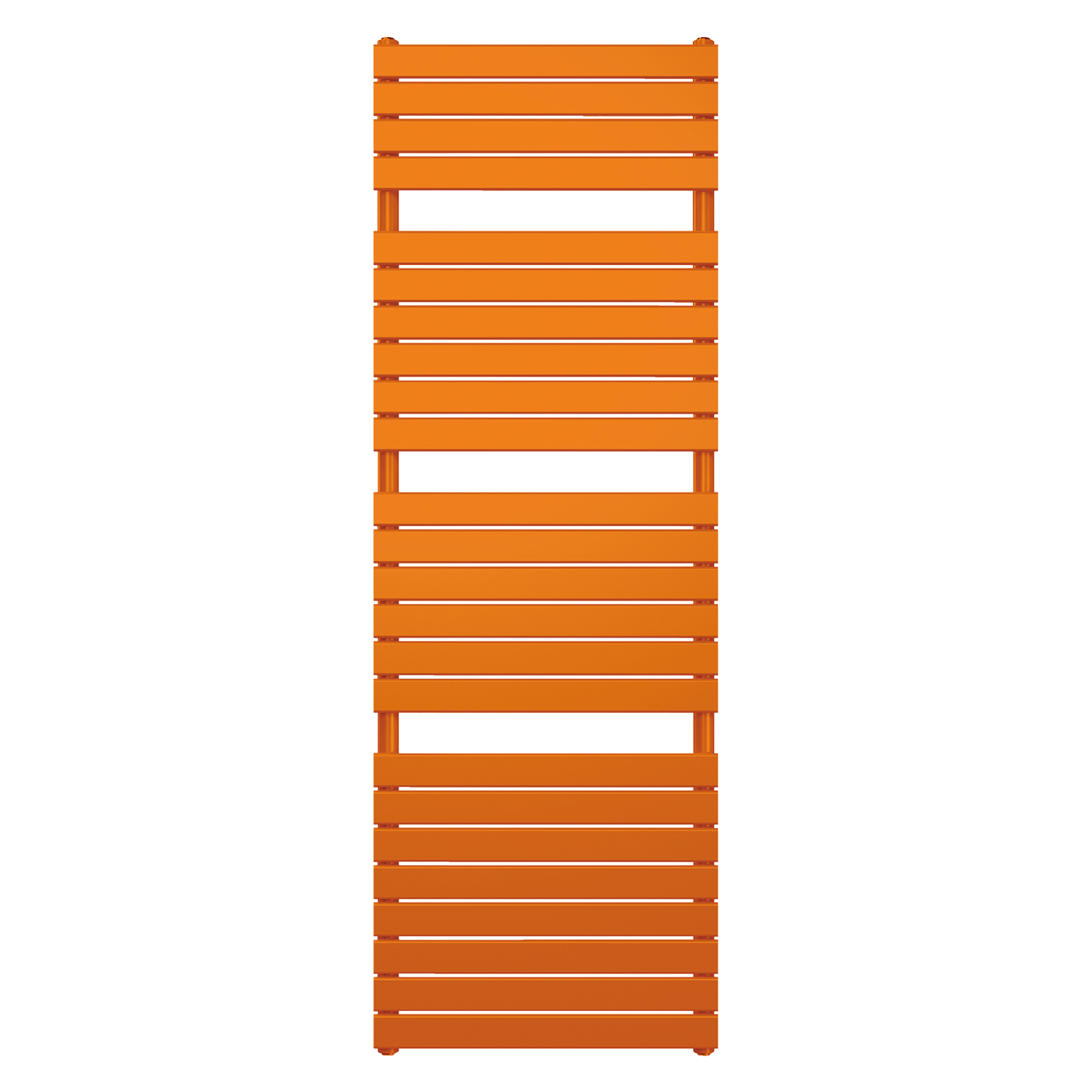 HOME SERIESConcord Rail Coloured
HOME SERIESConcord Rail Coloured
